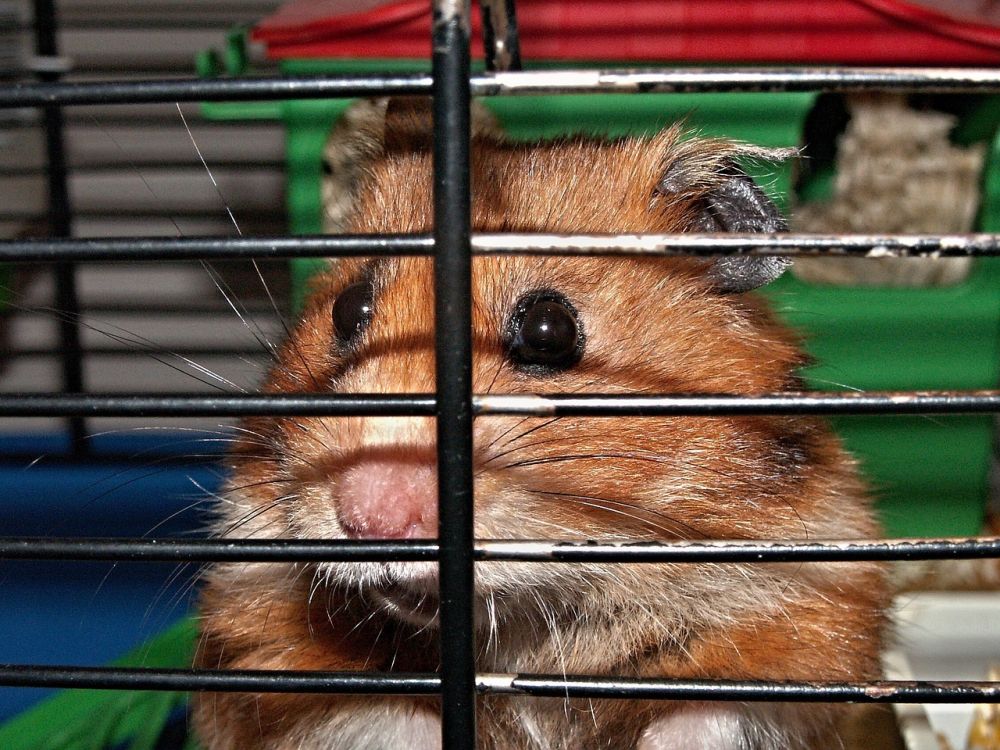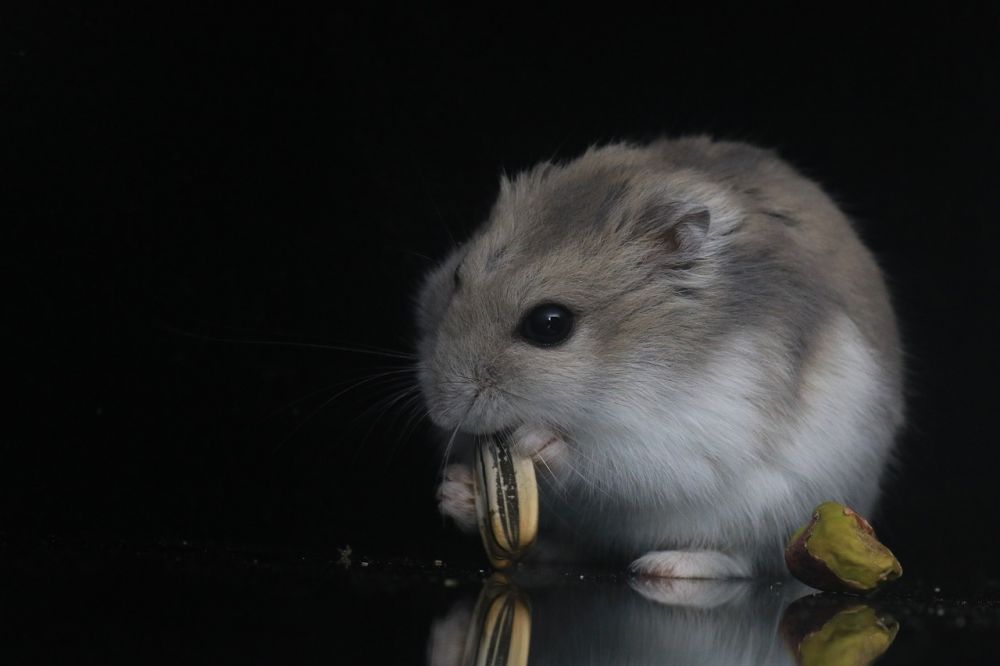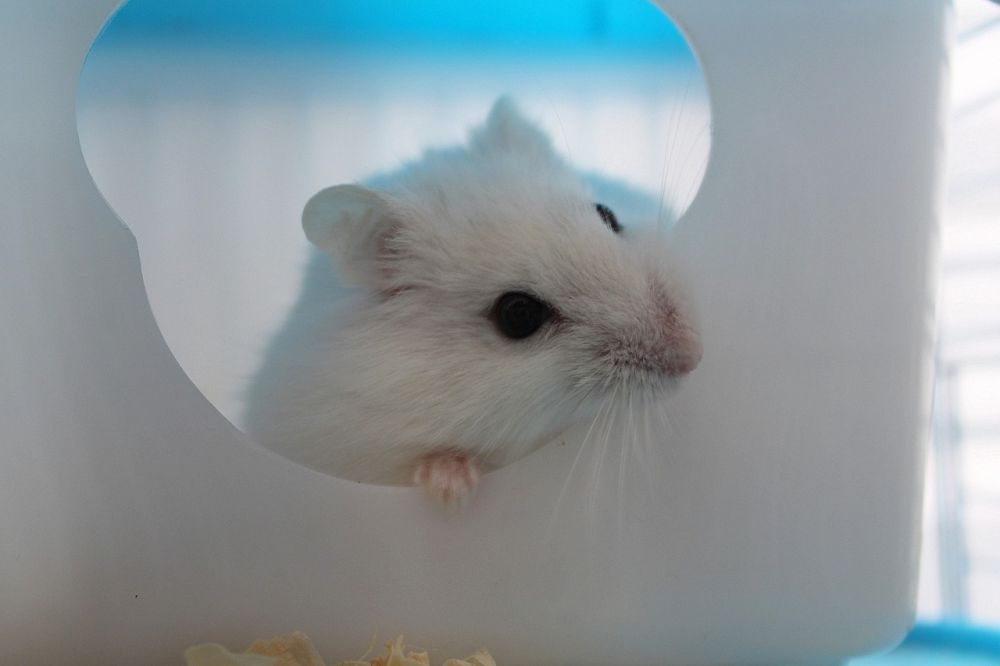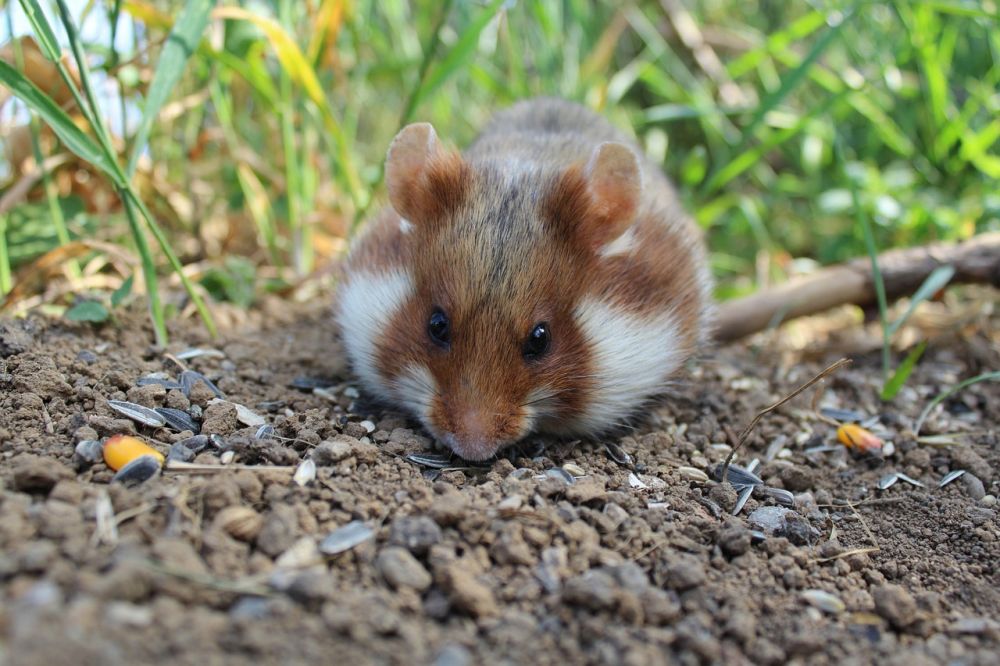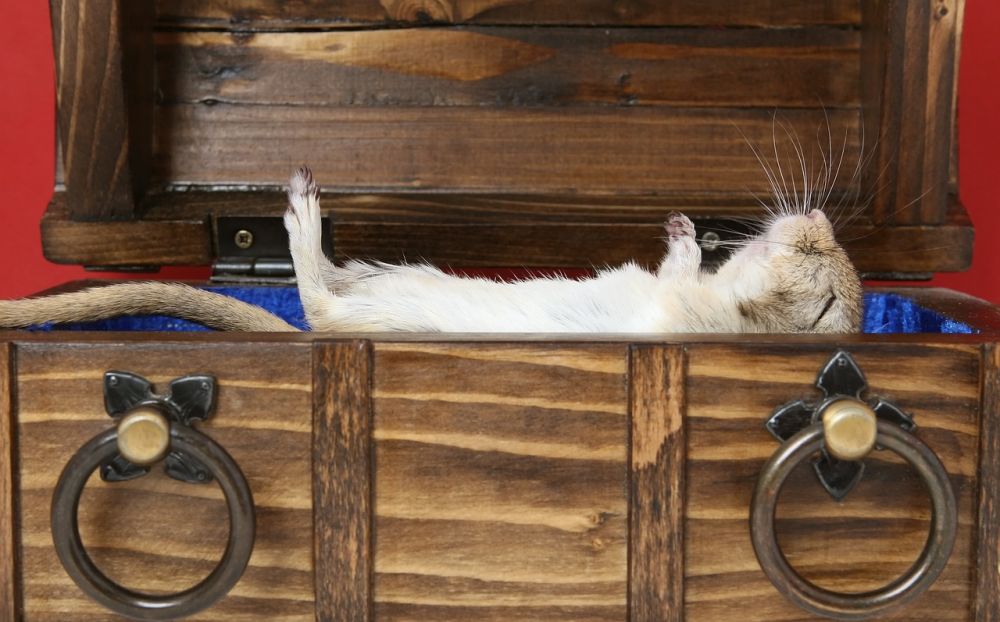Hamster Mature: En In-Depth Guide to Mature Hamsters
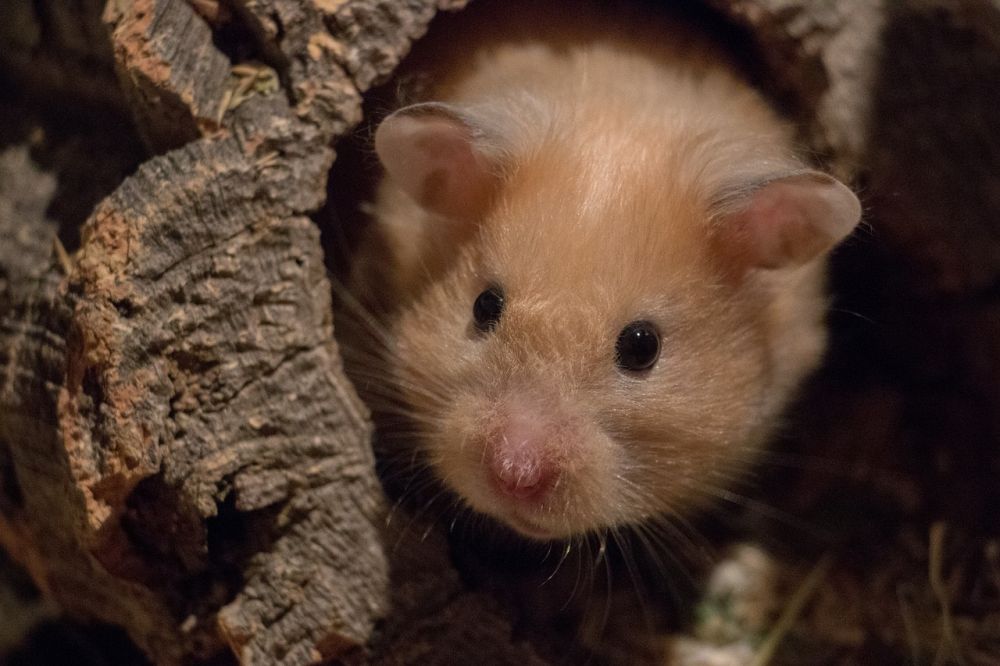
Introduction:
Hamsters are popular pets known for their cute and tiny appearance. As they grow older, they go through a transition phase called ”hamster mature.” In this article, we will provide a comprehensive overview of mature hamsters, including the different types, popular choices, and quantitative measurements. We will also discuss the variations among mature hamsters and delve into the historical context of the advantages and disadvantages of different types.
Overview of Hamster Mature:

Mature hamsters refer to hamsters that have reached adulthood. Typically, hamsters become mature between 4 to 6 months of age, depending on the breed. At this stage, they reach their full size and weight, and their behavior may begin to change. It is crucial for hamster owners to understand the characteristics of mature hamsters to ensure their well-being and provide appropriate care.
Types of Mature Hamsters:
1. Syrian Hamsters: Syrian hamsters, also known as golden hamsters, are the most common and popular choice among pet owners. They have a solitary nature and may become territorial as they mature. Syrians come in various colors, such as golden, cinnamon, and cream, making them visually appealing.
2. Dwarf Hamsters: Dwarf hamsters, including Campbell’s, Winter Whites, and Roborovskis, are smaller in size compared to Syrians. They are more sociable and can be kept in pairs or groups. These hamsters have distinct characteristics, such as a pair of elongated back legs for increased agility.
Quantitative Measurements of Hamster Mature:
To evaluate the growth and development of mature hamsters, several quantitative measurements can be considered. These include weight, body length, and lifespan.
1. Weight: Depending on the breed, mature hamsters can weigh between 100 to 200 grams. Syrians tend to be heavier compared to dwarf hamsters.
2. Body Lengt Mature hamsters usually measure around 6 to 12 inches, including their tail. Syrians have a longer body in comparison to dwarf hamsters.
3. Lifespan: On average, mature hamsters have a lifespan of 2 to 3 years. However, some hamsters, such as Roborovskis, are known to live up to 4 years if provided with appropriate care.
Discussion on Variations among Mature Hamsters:
Despite being categorized as mature hamsters, there are significant variations among different breeds. These variations include physical characteristics, temperament, and care requirements.
1. Physical Characteristics: Syrians have a more robust and substantial body structure compared to the smaller dwarf hamsters. They also have different color variations, while dwarfs generally have a Grizzled or Agouti coat.
2. Temperament: Syrians are solitary and may show signs of aggression towards others. Dwarf hamsters, on the other hand, are more social and enjoy the company of their own kind.
3. Care Requirements: Syrians require more spacious cages and may need more exercise, whereas dwarf hamsters can be kept in smaller enclosures. Syrians are generally more comfortable with handling, while dwarf hamsters tend to be more skittish.
Historical Context of Advantages and
Disadvantages:
The evolution of hamster breeding and domestication has led to a variety of advantages and disadvantages associated with mature hamsters.
Advantages:
1. Longer Lifespan: Over the years, hamster breeding techniques and improved care have contributed to an increase in the average lifespan of mature hamsters.
2. More Color Variations and Patterns: Breeders have selectively bred hamsters to produce a wide range of coat colors and patterns, enhancing the aesthetic appeal of mature hamsters.
Disadvantages:
1. Health Issues: As a result of inbreeding and selective breeding, some hamster breeds are prone to certain health issues, such as respiratory problems or dental abnormalities. It is essential for prospective owners to be aware of these potential health concerns.
2. Limited Genetic Diversity: In pursuit of specific traits, breeders may inadvertently reduce the genetic diversity of hamster populations, which can have negative consequences on their overall health and well-being.
Conclusion:
Understanding the process of hamster maturity is crucial for hamster owners to provide appropriate care and ensure the well-being of their pets. Syrians and dwarf hamsters are the primary types of mature hamsters, each with its own physical characteristics and care requirements. By considering the advantages and disadvantages associated with mature hamsters, owners can make informed decisions and provide optimal care for their furry friends.
